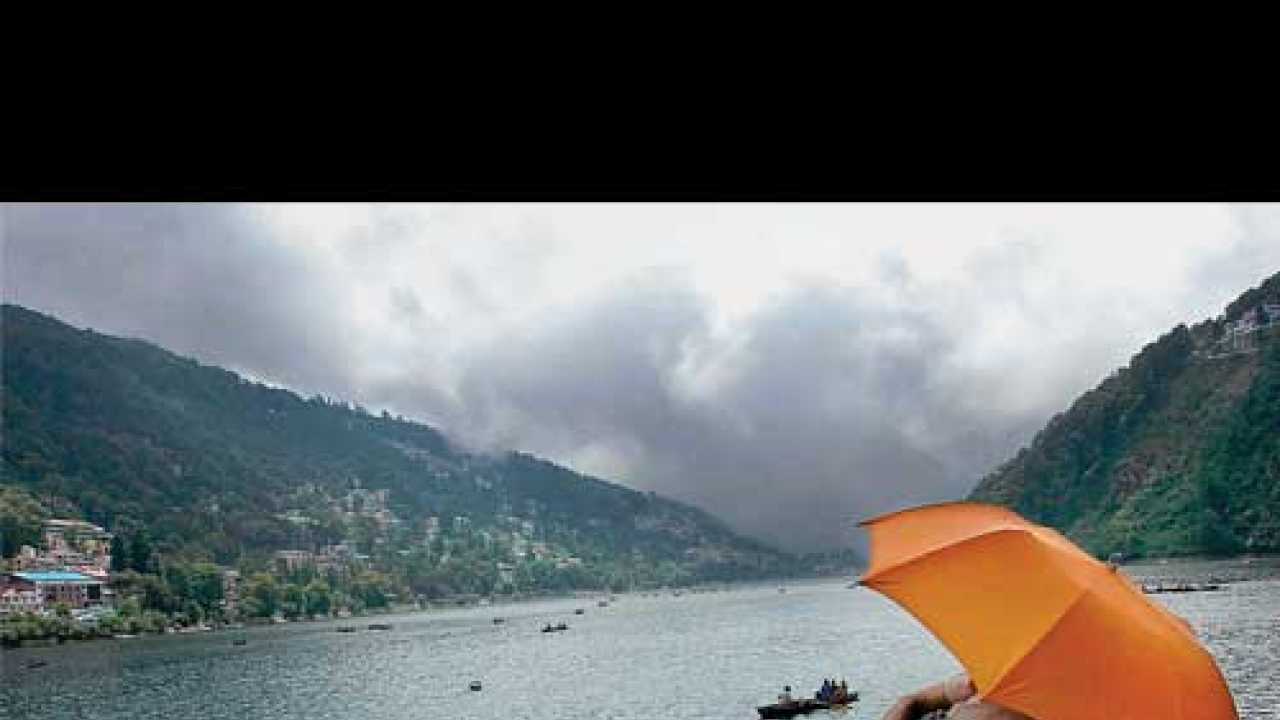
It’s a romance that started in the run-up to the 2009 general elections. I was then a reporter, married more to my job. And in classic romantic-comedy style, I was forced into an initially uncomfortable spot of having to travel by road, in the cruellest of summer months, across the length and breadth of this country. And staying true to the genre of romcoms, what started as an excruciating job ended up as a lasting love affair between me and Bharat, between me and its roads, and most importantly, a love for journeys. Over 15,000km, I discovered that nothing teaches you more than travelling by road and seeing the scenery change in front of your eyes and that nothing is more instructive than listening to people talk as you stop for tea.
Of course, like every affair, it takes a lot of time and effort to follow through. So, after the elections, like most elected representatives, I, too, neglected this love; only indulging in it occasionally, like the time I put my six-week-old son on the car seat and drove to Himachal for 10 straight hours. I knew that the bug had passed on, when he sat calmly, looking at the quickly changing scenery, crying only when the journey threatened to stop.
Encouraged, we made bigger plans — of retracing our route across the country, travelling only for the pursuit of pleasure and enquiry and not just for work. I dreamed about finding out what really mattered to people across the country, I dreamed about discovering real stories, like a dam that was being built for 25 years in Shivpuri, Madhya Pradesh, and why it was never finished. And while I kept dreaming that big dream, we took smaller journeys, like the one to Agra on the brand new Yamuna expressway last year, and the one this week, to the hills of Kumaon in Uttarakhand for a summer getaway.
The difference between the two are like Noida and the rest of UP — one the gleaming story of development, the other of neglect. And while Akhilesh Yadav and the rest of Samajwadi Party leadership are keen on only disseminating the Yamuna expressway story, I want to talk about the story of the road to Uttarakhand, the road that almost threatens to poison my love affair, and the road that’s an example of what’s killing the India story.
While from Bihar to Bengal, from Orissa to Rajasthan, a majority of the roads tell a story of improvement, of dual carriageways and highway helplines with increased speed limits of 100km per hour, the roads to Kumaon seem to be stuck in some ‘80s time capsule, imprisoned in its inability to change. A perpetual mystery for travellers to the hills is which one is worse, the road through Rampur or the road through Kaladungi. While across the country, people with better cars and better roads talk about reduced travel time, if you are going towards Nainital, your travel experience is not likely to get nostalgic any time soon. You will have a dirt track that claims to be a national highway for 30km, one that could delay you for more than two hours and should carry warnings for pregnant women.
While being thrown around in our car, I looked at the people who lived in the area — those of Tanda, and wondered what they thought of their predicament. Did they too face problems while finding matrimonial matches for their children as is the case in some areas with bad roads? Or did they simply not know any better? “It’s a conspiracy,” said one local to us, very confidently, “It’s the UPwallahs who purposely damage the road since they are jealous of the tourism that Uttarakhand gets.”
That theory gets credence from the fact that roads do improve dramatically as soon as you cross the state border. But the reality of the roads may be a little more complicated than inter-state rivalry.
It may have more to do with political neglect and the fact that no one feels accountable. The lawmaker for the area is Nawab Kazim Ali Khan, the son of the erstwhile Nawab of Rampur, a pucca Congressman. Kazim, a graduate of Columbia University, locals allege, likes to spend most of his time outside his constituency, which means that he never has to travel the same roads as his constituents. Kazim also doesn’t have to worry about development themes like bijli, sadak and paani because it’s his lineage that commands votes and not his work. So, each time he jumped parties — from the BSP to the SP, and the Congress — since the time he took the plunge into politics in the ‘90s, voters have followed him wherever he went. And, I can safely say that Nawab sahab doesn’t frequent the Kumaon hills, preferring foreign climes, which is why the roads are left to rot, left for the mining mafia to exploit with overloaded trucks which are never challenged.
I started this piece on the premise that the roads always have a lesson. But what’s the lesson on the road to Kumaon? Is it that democracy may be the rule but sometimes dynasty wins? Or is it simply that some areas are just a little behind? The people of Tanda, of Suar, in Uttar Pradesh, are yet to totally realise the power they hold.
Sunetra Choudhury is an anchor/reporter for NDTV and is the author of the election travelogue Braking News.